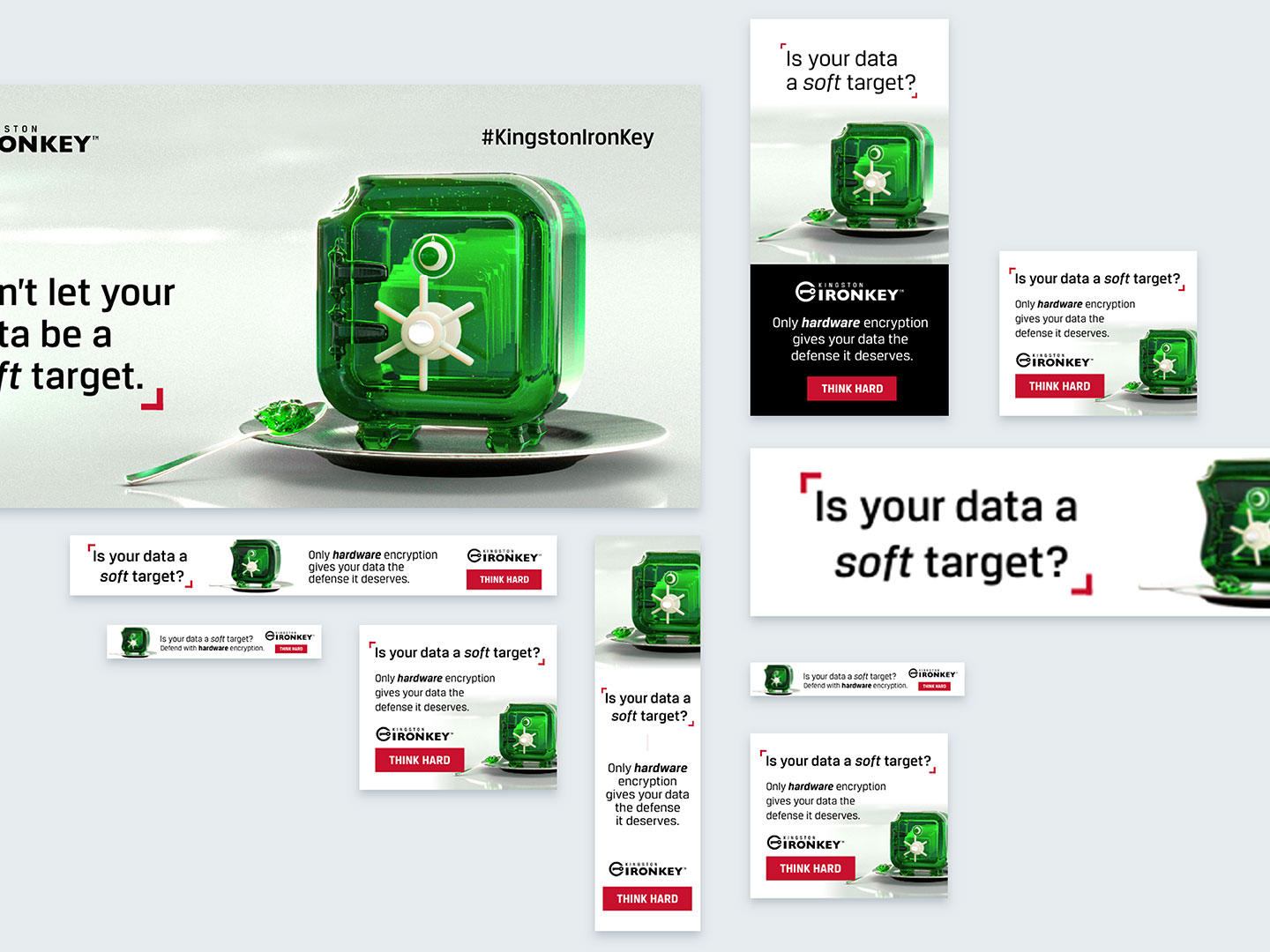Expanding your SaaS or service brand globally is an exciting but challenging endeavor. While growth opportunities abound, so do pitfalls—especially when it comes to maintaining cultural relevance. Many brands stumble by assuming that a one-size-fits-all approach will resonate across markets. The truth is, successful global brands balance consistency with local adaptation, ensuring they feel both familiar and relevant to regional audiences.
This guide explores practical strategies for building a global brand with local flavor, helping you scale internationally while staying connected to your customers’ cultural context.
Why Local Flavor Matters in Global Branding
When brands expand internationally, they often face a delicate balancing act: staying true to their core identity while connecting with local audiences. Cultural nuances—like communication styles, social norms, and visual preferences—can dramatically influence how your brand is perceived.
Ignoring these subtleties can lead to campaigns that feel generic, alienating, or even offensive. For SaaS and service brands, cultural relevance isn’t just a nicety; it’s a growth driver. Customers are more likely to trust and adopt solutions that respect local customs, speak their language, and reflect their values.
For example, a global software provider that uses a U.S.-centric marketing campaign may see limited engagement in regions where humor, color symbolism, or messaging norms differ. Tailoring your approach ensures your brand feels accessible and trustworthy, increasing adoption and loyalty.

Core Principles for Balancing Global Consistency and Local Adaptation
Building a brand that thrives globally requires intentional strategy. Here are four core principles to guide your efforts:
1. Brand Guidelines with Flexibility
Consistency is critical for brand recognition, but rigidity can stifle local relevance. Maintain a clear brand voice, visual identity, and messaging framework while allowing regional teams to adapt them. This flexibility ensures the brand resonates locally without losing its global cohesion.
2. Localized Content Strategy
Content drives perception. Translating your website, blog posts, and campaigns is a start—but true localization goes further. Tailor examples, imagery, and references to local contexts. Highlight regional success stories or case studies to make your brand feel personally relevant.
3. Cultural Intelligence in Marketing Teams
Building local insight requires expertise. Employ in-market consultants or hire local team members who understand cultural norms, consumer behavior, and regulatory landscapes. Their perspective will help prevent missteps and enhance campaign effectiveness.
4. Consistent Value Proposition, Adapted Expression
Your core brand promise should remain uniform across markets, but the way it’s communicated can differ. For instance, emphasizing innovation in one market may resonate, while trust and reliability may be more effective elsewhere. Balancing consistency with cultural nuance is key.

Step-by-Step Approach to Building a Global Brand with Local Flavor
A structured approach reduces risk and maximizes impact when entering new markets. Follow these steps to scale globally while staying locally relevant:
1. Research Local Markets
Before launching, understand local competitors, consumer behavior, regulatory requirements, and cultural preferences. Use surveys, focus groups, and local market research to uncover insights. Knowledge is the foundation for effective localization.
2. Segment and Prioritize Regions
Not all markets are equally ripe for expansion. Evaluate opportunity based on market size, growth potential, cultural alignment, and logistical feasibility. Prioritize markets where your product naturally fits and where you can gain traction quickly.
3. Adapt Marketing Campaigns
Localization goes beyond translation. Adapt language, visuals, symbols, and messaging to reflect local tastes. Avoid literal translations; instead, aim for contextually meaningful messaging that feels native to each audience.
4. Leverage Local Influencers and Partners
Local influencers, partners, and thought leaders can amplify your brand’s credibility. Collaborating with respected voices helps your message feel authentic and trusted. Partnerships can also provide insights into regional trends and customer expectations.
5. Test, Measure, and Iterate
No strategy is perfect on the first attempt. Launch pilot campaigns in select markets, track engagement metrics, and collect qualitative feedback. Use these insights to refine your messaging, campaigns, and product positioning before scaling broadly.

Common Challenges and How to Overcome Them
Even experienced brands encounter hurdles when expanding internationally. Here’s how to navigate the most common challenges:
1. Balancing Global vs. Local Control
Too much centralization can make campaigns feel rigid, while too much decentralization risks brand dilution. Establish clear brand principles, then empower local teams to adapt campaigns intelligently.
2. Avoiding Cultural Missteps
Misunderstanding local customs, humor, or symbolism can harm your brand. Conduct cultural audits and consult local experts to avoid errors that could undermine trust.
3. Managing Multilingual Teams
Coordinating messaging across languages and regions can be complex. Use collaboration tools, translation memory systems, and clear communication protocols to ensure consistency without stifling local adaptation.
4. Tracking Metrics Across Markets
Different markets may prioritize different KPIs. Establish global benchmarks while allowing flexibility for local metrics that capture engagement, sentiment, and adoption in context.
Actionable Takeaways
Scaling globally doesn’t mean sacrificing cultural relevance. By combining consistent brand principles with locally tailored strategies, SaaS and service brands can build trust, engagement, and adoption worldwide.
Key takeaways:
- Research and understand each target market.
- Maintain brand consistency but allow local flexibility.
- Leverage local influencers and partners for credibility.
- Test, measure, and iterate campaigns to optimize impact.
Global expansion is complex, but with the right balance of strategy and cultural insight, your brand can resonate in every market.






